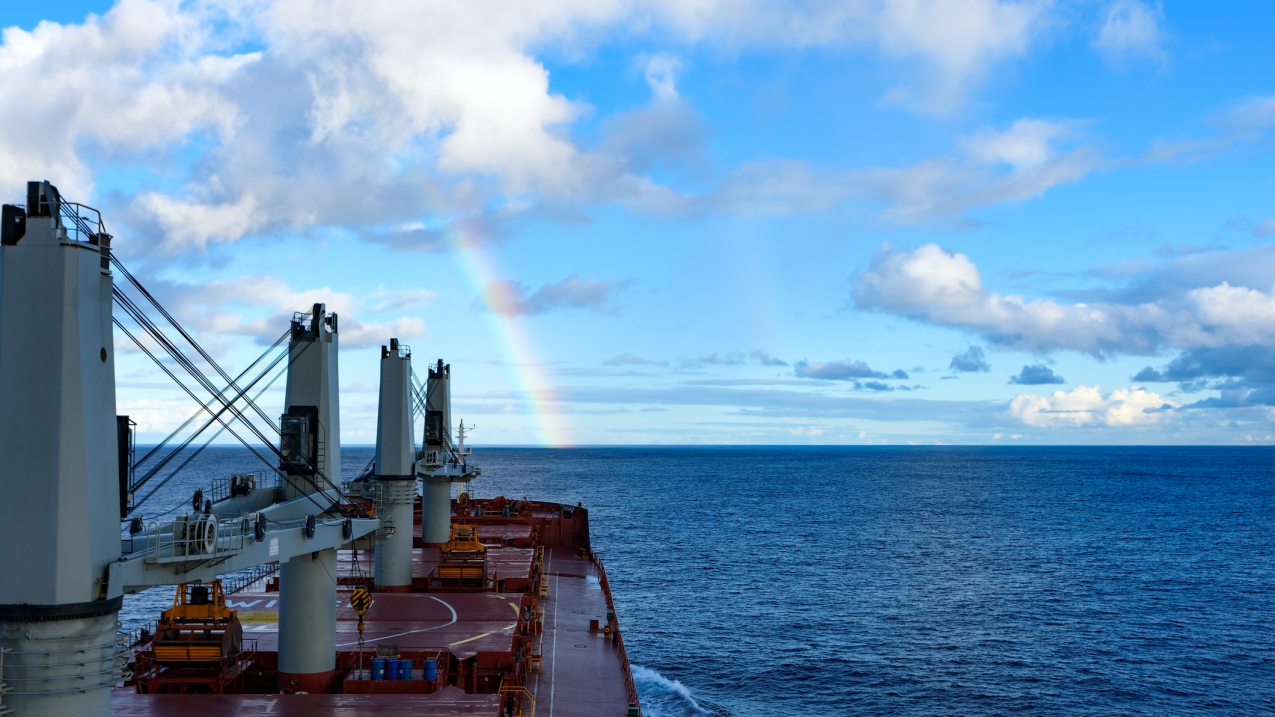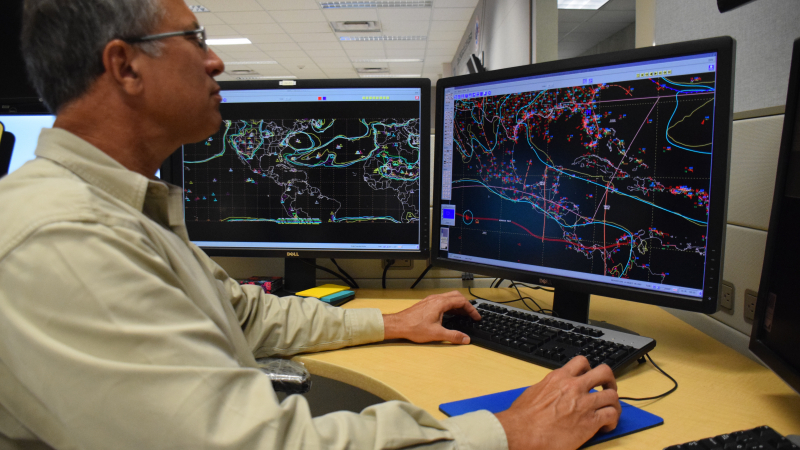Chris Landsea has studied tropical cyclones for 30 years, as a researcher for NOAA’s Hurricane Research Division, a meteorologist at the National Hurricane Center, and now as the hurricane center's new chief of the Tropical Analysis and Forecast Branch or TAFB. You may not have heard of TAFB, but if you take a cruise or enjoy products that are shipped by ocean-going vessels, you're relying on its forecasts. We asked Dr. Landsea about the operation.

A commercial cargo ship sails into calm waters (Image credit: iStock)





